The circulatory system has five functions:
- Carries Blood
- Exchanges nutrients, waste products, and gases with tissues
- Transports substances
- Helps regulate blood pressure
- Directs blood flow to the tissues
The three main types of blood vessels are arteries, capillaries, and veins.
Arteries- carry blow away from the heart, usually the blood is oxygen-rich. Blood is pumped from the ventricles of the heart into large, elastic arteries, which branch repeatedly to form progressively smaller arteries. As they become smaller, the artery walls undergo a gradual tradition from having more elastic tissue than smooth muscle to having more smooth muscle than elastic tissue. The arteries are normally classified as elastic, muscular arteries, or arterioles, although they form a continuum from the largest to the smallest branches.
Blood flows from arterioles into capillaries, where exchange occurs between the blood and the tissue fluid. Capillaries have thinner walls than do arteries. Blood flows through them more slowly, and there are far more of them than of any other blood vessel type.
From the capillaries, blood flows into veins. Veins carry blood toward the heart; usually, the blood is oxygen-poor. Compared to arteries, the walls of veins are thinner and contain less elastic tissue and fewer smooth muscle cells. Starting at capillaries and proceeding toward the heart, small diameter veins come together to form larger-diameter veins, which are fewer in number. Veins increase in diameter and decrease in number as they progress toward the heart, and their walls increase in thickness. Veins may be classified as venues, small veins, medium-sized veins, or large veins.
Except in capillaries and venues, blood vessel walls consist of three layers, or tunics. From the inner to the outer wall, the tunics are 1.) the tunica intima, 2.) the tunica media, and 3.) the tunica adventitia, or tunica externa.
Arteries- carry blow away from the heart, usually the blood is oxygen-rich. Blood is pumped from the ventricles of the heart into large, elastic arteries, which branch repeatedly to form progressively smaller arteries. As they become smaller, the artery walls undergo a gradual tradition from having more elastic tissue than smooth muscle to having more smooth muscle than elastic tissue. The arteries are normally classified as elastic, muscular arteries, or arterioles, although they form a continuum from the largest to the smallest branches.
Blood flows from arterioles into capillaries, where exchange occurs between the blood and the tissue fluid. Capillaries have thinner walls than do arteries. Blood flows through them more slowly, and there are far more of them than of any other blood vessel type.
From the capillaries, blood flows into veins. Veins carry blood toward the heart; usually, the blood is oxygen-poor. Compared to arteries, the walls of veins are thinner and contain less elastic tissue and fewer smooth muscle cells. Starting at capillaries and proceeding toward the heart, small diameter veins come together to form larger-diameter veins, which are fewer in number. Veins increase in diameter and decrease in number as they progress toward the heart, and their walls increase in thickness. Veins may be classified as venues, small veins, medium-sized veins, or large veins.
Except in capillaries and venues, blood vessel walls consist of three layers, or tunics. From the inner to the outer wall, the tunics are 1.) the tunica intima, 2.) the tunica media, and 3.) the tunica adventitia, or tunica externa.
Measuring Blood Pressure:
- When the cut pressure is high enough to keep the brachial artery closed, no blood flows through it, and no sound is heard.
- When cuff pressure decreases and is no longer ale to keep the brachial artery closed, blood is pushed through the partially opened brachial artery, producing turbulent blood flow and a sound. Systolic pressure is the pressure at which a sound is first heard.
- As cuff pressure continues to decrease, the brachial artery opens even more during systole. At first, the artery is closed during diastole, but as cuff pressure continues to decrease, the brachial artery partially opes during diastole. Turbulent blood flow during systole produces Korotkoff sounds, although the pitch of the sounds changes as the artery becomes more open.
- Eventually the cuff pressure decreases below the pressure in the brachial artery, and it remains open during systole and diastole. Nonturbulent flow is reestablished, and no sounds are heard. Diastolic pressure is the pressure at which the sound disappears.
Capillary Exchange:
- At the arterial end of the capillary, the movement of fluid out of the capillary due to blood pressure is greater than the movement of fluid into the capillary due to osmosis.
- At the venous end of the capillary, the movement of fluid into the capillary due to osmosis is greater than the movement of fluid out of the capillary due to blood pressure.
- Approximately nine-tenths of the fluid that leaves the capillary at its arterial end reenters the capillary at its venous end. About one-tenth of the fluid passes into the lymphatic capillaries.
Baroreceptor Reflex Mechanism:
Chemoreceptor Reflex Mechanism:
- Baroreceptors in the carotid sinus and aortic arch monitor blood pressure.
- Sensory nerves conduct action potentials to the cardioregulatory and vasomotor centers in the medulla oblongata.
- Increased parasympathetic stimulation of the heart decreases the heart rate.
- Increased sympathetic stimulation of the heart increases the heart rate and stroke volume.
Chemoreceptor Reflex Mechanism:
- Chemoreceptors in the carotid and aortic bodies monitor blood O2, CO2, and pH.
- Chemoreceptors in the medulla oblongata monitor blood CO2 and pH.
- Decreased blood O2, increased CO2, and decreased pH decrease parasympathetic stimulation of the heart, which increases the heart rate.
- Decreased blood O2, increased CO2, and decreased pH increase sympathetic stimulation of the heart, which increases the heart rate and stroke volume.
- Decreased blood O2, increased CO2, and decreased pH increase sympathetic stimulation of blood vessels, which increases vasoconstriction.

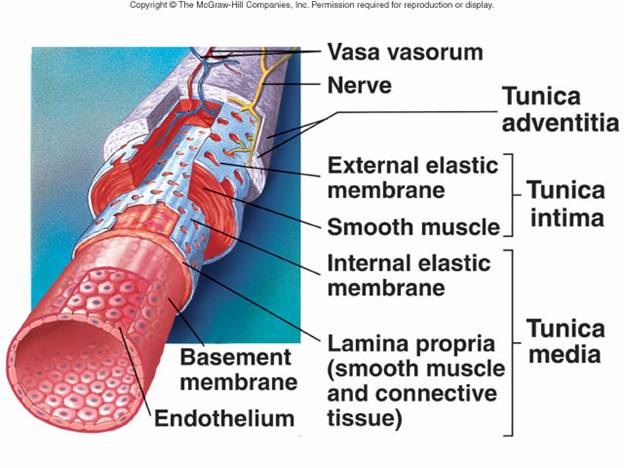
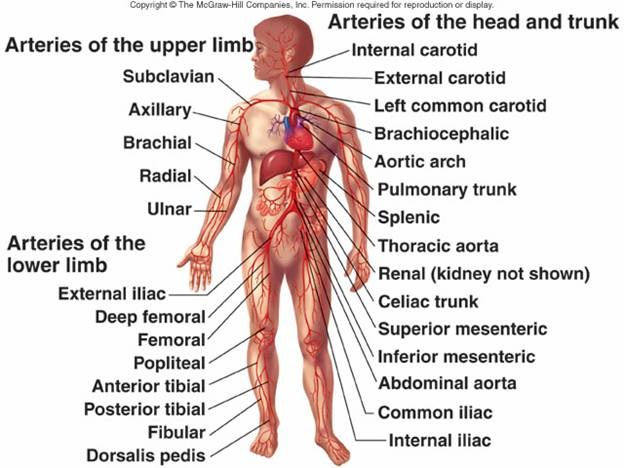
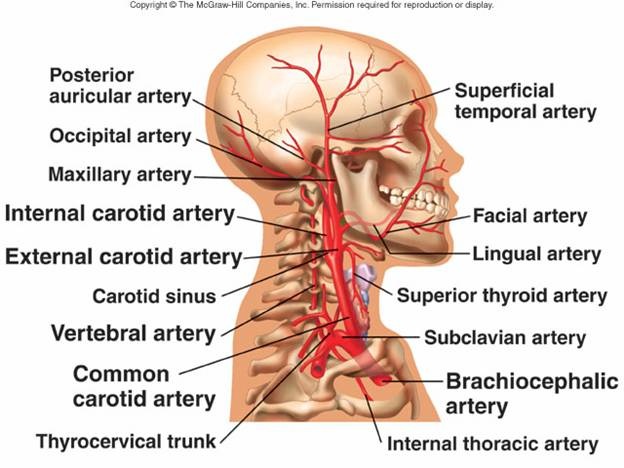
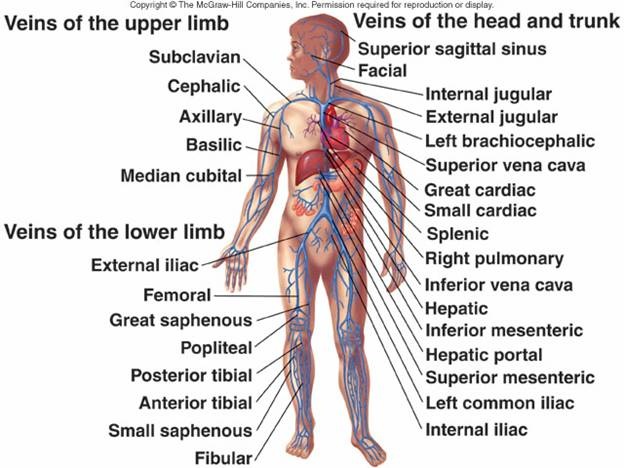
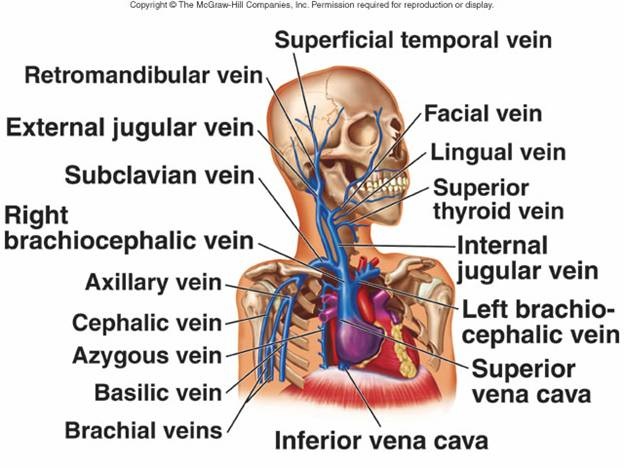
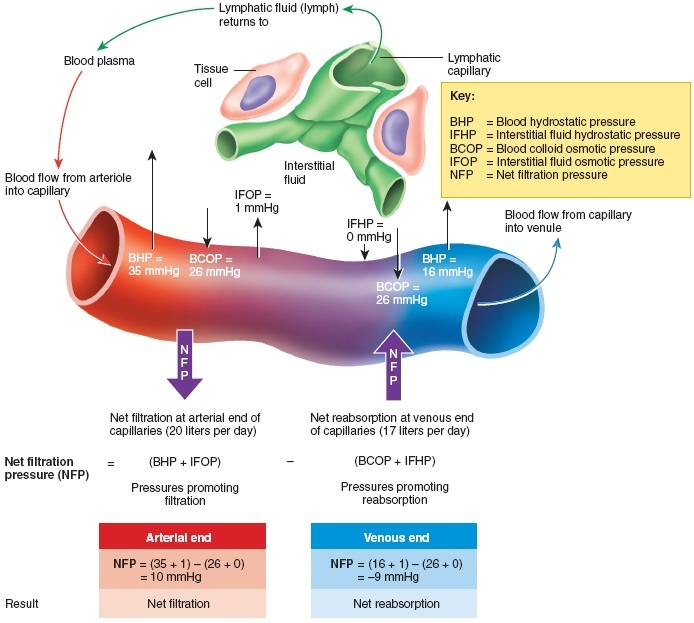
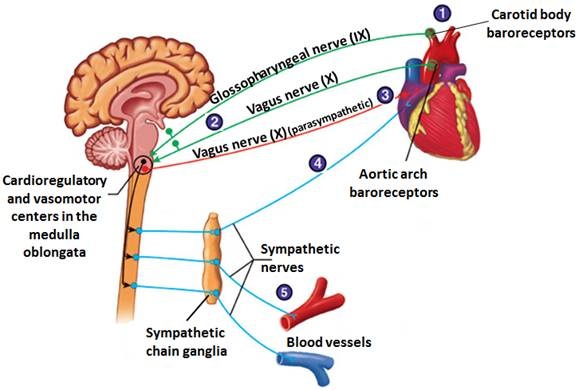
 RSS Feed
RSS Feed